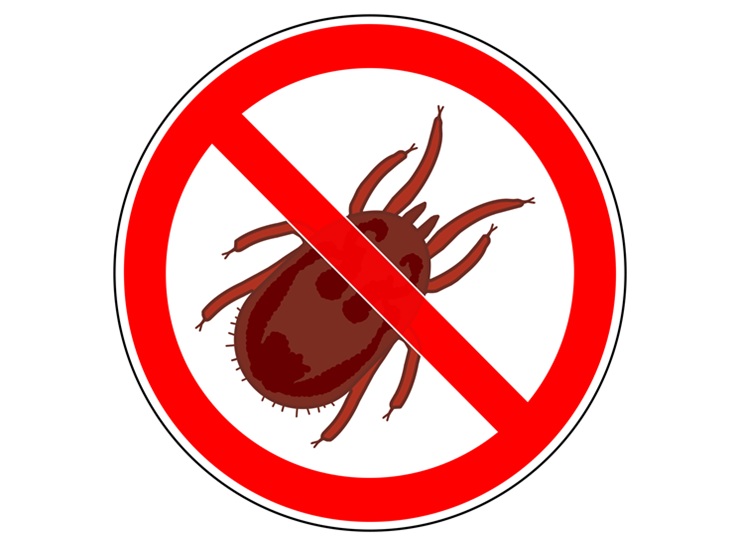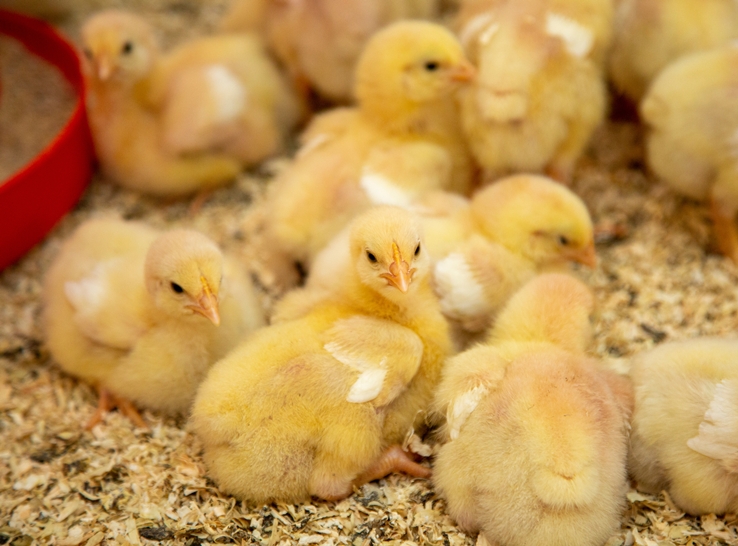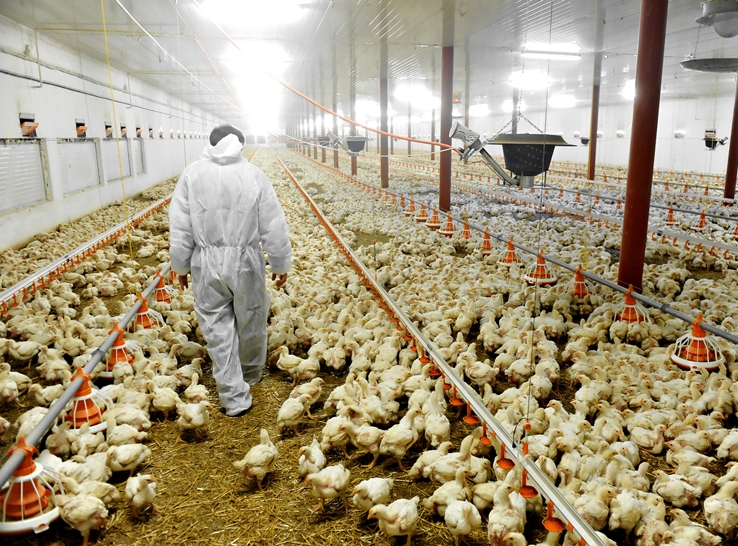It’s common for US broiler operations to reuse litter for environmental and economic reasons, including bird performance. Research and real-world results have shown that the first broiler flock raised on brand-new litter underperforms flocks raised on used litter. The reasons remain unclear, however.
“Raising broilers on used litter produces a more stable microbiome in the litter and the birds’ intestines than raising birds on new litter,” said Gerardo Abascal-Ponciano, PhD candidate, Auburn University, citing an Ohio State University study.
“During the first weeks on new litter, Lactobacillus dominates the bird’s intestinal microbiome, while Clostridia are dominant in birds on used litter.”
Speaking at the 2025 International Poultry Scientific Forum, he pointed to multiple studies showing after six to eight flocks on the same litter, the Salmonella prevalence decreases dramatically and the litter inhibits Salmonella from developing in the birds’ intestines.
Another study revealed differences in exposure to Eimeria, which causes coccidiosis. In the first week on new litter, there were no parasitic oocysts in the litter, but by day 21 levels had increased dramatically. Meanwhile, reused litter produced a more gradual and manageable increase in oocysts.
Abascal-Ponciano and fellow researchers conducted a study that revealed no difference between the two litter types for a 21-day grow-out period. However, they found on days 3, 15 and 21 that broilers raised on reused litter had higher mitotically (a type of cell division) active cell populations in the small intestine than their counterparts on new litter.
Deeper dive into the small intestine
The research team then used a subset of those samples to explore the physiological changes occurring in the broilers’ intestines.
“We hypothesized that litter condition would affect the intestinal proteomic (protein complex) profiles,” he added. “Based on our previous findings, we expected to see a higher number of proteins related to cell proliferation in the reused litter group.”
The study design included two litter conditions: new litter, with broilers raised on fresh pine shavings, and reused litter, with broilers raised on pine shavings previously used by free flocks.
They placed 1,500 broilers in an environmentally controlled, raised-floor pen facility, with unlimited access to feed and water. All birds were fed an antibiotic-free, corn/soybean meal-based diet to replicate industry practices. Broiler-guide recommendations provided the lighting and temperature schedules.
On day 15, the team randomly selected and euthanized six broilers per treatment from six different blocks to collect a 2 cm duodenal tissue sample from each bird. They flushed the samples with phosphate-buffered saline and snap-froze them in liquid nitrogen. The samples remained at negative 80° C (-112° F) until analysis.
“We extracted protein from the tissue and sent an aliquot (fractional sample) to the Auburn University mass spectrometry laboratory” where molecules could be analyzed and identified, Abascal-Ponciano said.
Sorting through the proteins
Armed with that data, investigators focused on relative protein abundance. They considered the proteins to be differentially expressed with a P-value of ≤ 0.05 and a full change of at least 2.
Out of more than 2,000 proteins identified in the duodenal tissue, only nine met those criteria. Also, those proteins were upregulated — had an increase in cellular response to a molecular stimulus — in the new-litter treatment group. These included:
- Antithrobin-III, fibrinogen A Alpha chain, fibrinogen B Beta chain (blood coagulation)
- Ketohexokinase and glucosamine-6-phosphate deaminase 1(sugar metabolism)
- Ras-related protein Rab-5B (endocytosis of molecules into cells)
- Platelet-activating acetyl hydrolase 2 (leukocyte recruitment and inflammatory cytokine release)
- Epoxide hydrolase gene 1 (detoxification of fatty acid epoxides)
- Agmatinase (amino acid and urea metabolism)
Although immune-related proteins were differentially expressed, major immune pathways such as STAT3 (signal transducer and activator of transcription 3) and MHC-I (major histocompatibility complex 1) were not, Abascal-Ponciano pointed out.
The findings and future needs
Based on the study’s results, the team determined that broilers raised on new litter had an upregulation response of proteins related to nutrient metabolism, cell growth, immunity and correlation.
“The differentially expressed proteins observed in this experiment may play a role in the suboptimal conditions and provide insight into the intestinal physiological mechanisms impacted when broiler flocks experience new-house syndrome growth-performance issues,” Abascal-Ponciano said.
He noted that future research should target the pathways associated with these differentially expressed proteins to further understand and address the new-house syndrome.







